How To Choose A Snowboard
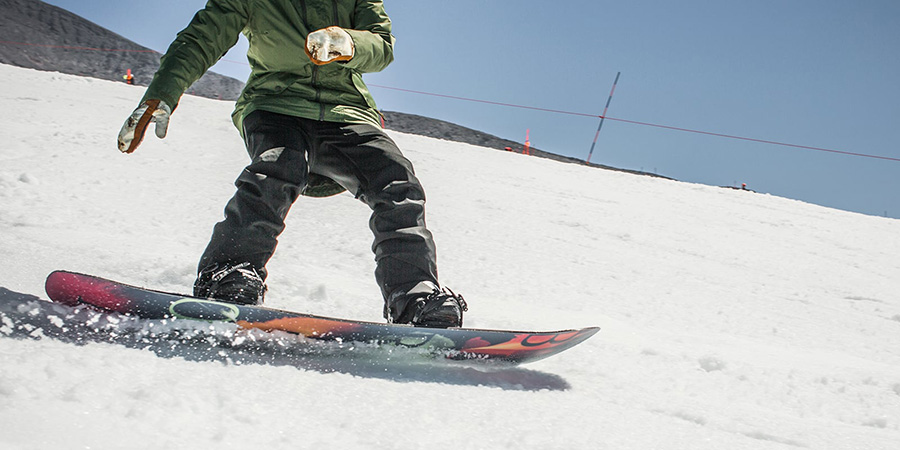
After snowboarding for almost one and a half year, more and more of my friends began to join the snowboard force.
Since most of the ski resorts in China have very bad conditions of equipments, so having a personal snowboard became absolutely necessary.
Today we are going to talk about how to choose your first snowboard. As it is mainly for beginners, not every details will be covered, only the essentials.
Choose The Right Size
The first thing you wanna make sure is whether the board size is right for you. We can stand on a flat ground by measuring the length from our feet to our chest and nose. Generally speaking, the right size to fit your height lies between that two lengths. Personally I prefer the length from feet to chin, but some might argue for the chest height, some are nose height. That is totally OK for all of them, there is no right or wrong. However, keep in mind that longer boards will be more stable but harder to turn. Vice versa, shorter boards will be more maneuverable but difficult to control as the board might be turning unintended.
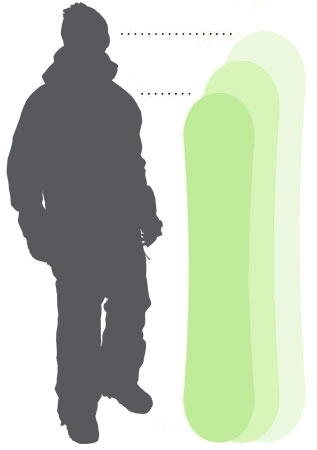
The second thing to make sure is whether the board suits for your weight. To be honest, in my opinion, weight is even important than height. If you are too heavy for the board, chances you might break it while hurting yourself. In contrast, too light you will have trouble in maneuvering. Check out websites and labels on the back of snowboards to see whether the weight classifications fits you.
The last but not the least, choose the right board width for your feet. Here we have a new term: Stance Width, the length between your two feet when you ride on a snowboard. You can use the length from your knee cap to your heel as a reference to indicate your natural stance width, then we have to make sure the board we chose can setup the stance width without problems.
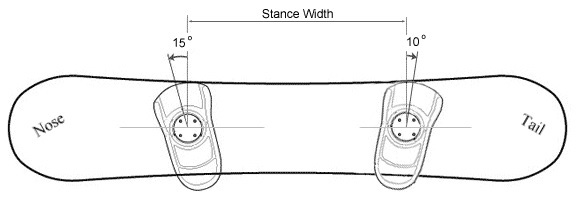
Your snowboarding boots should never hang over edges of the board too much when you stand on it, or else you may find yourself fall on the ground often because of the boots’ heel or toe touched the ground, therefore makes the board lose its grip in snow. Under such circumstances, a wider board should be considered to save your life. 🤣
Choose The Right Style
Well, choose the right style board for a beginner could be tough, cause there are so many snowboards with different shapes and profiles. We will discuss a little bit to help you have a basic concept.
Shape
Most snowboards available now is either “twin” board or “directional” board.
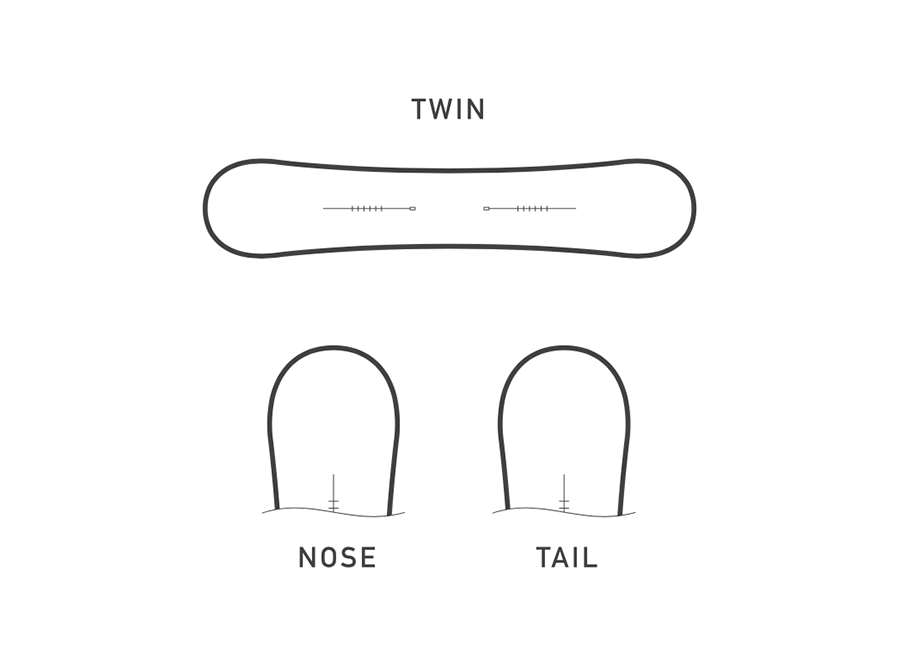
As shown above, twin board has identical nose and tail, which is good for playing tricks at terrain park. In addition, it is friendly for the first time snowboarders, who has not yet truly figured out whether they are “Regular” or “Goofy”. Some might ask what the heck is “Regular” or “Goofy”? That depends on which leg you put weights on to keep balance. We call people who use left leg as the front foot “Regular”, “Goofy” for whose right foot in the front.
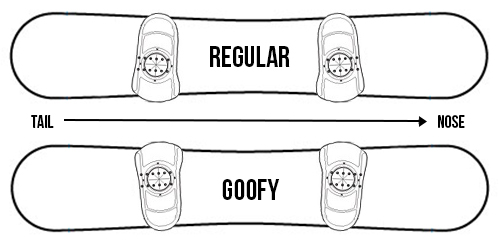
Nose is the tip of the board heading down hill while you ride, and Tail is the end of the board heading up hill
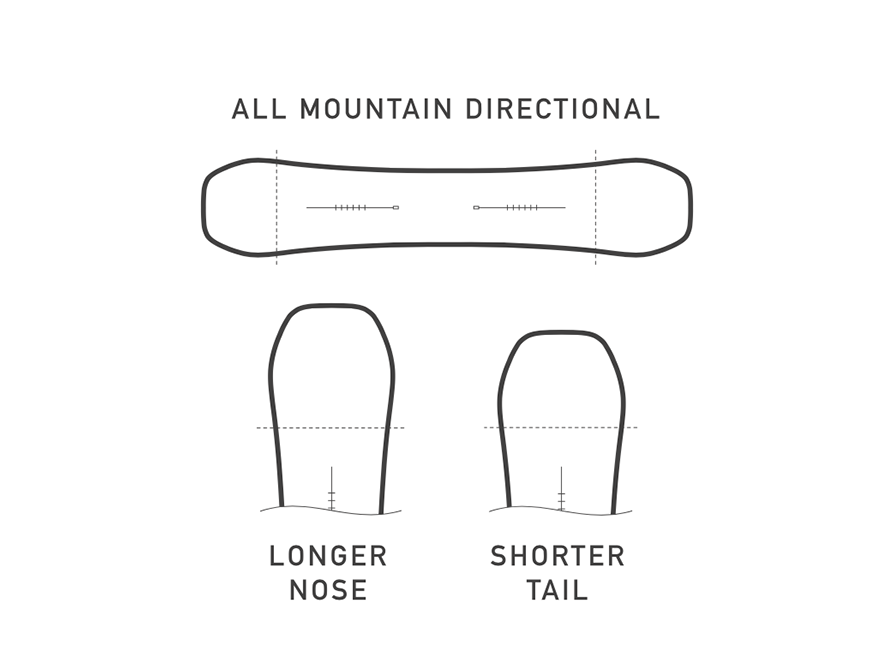
Let’s get back to our shape introduction, directional boards are built mainly for down hills, speed and stability is the thing for it. Not like twin board, you cannot use the tail as nose, as directional board usually has longer nose and shorter tail to have more floating in the snow while riding on powder or uneven terrain. Though you can do “switch” on a directional board, twin board can definitely do better the job.
Profile
In the old good times, there was only one snowboard profile called: Camber. But people never get satisfied, hence we have more profiles now: Rocker, Flat and Hybrid.
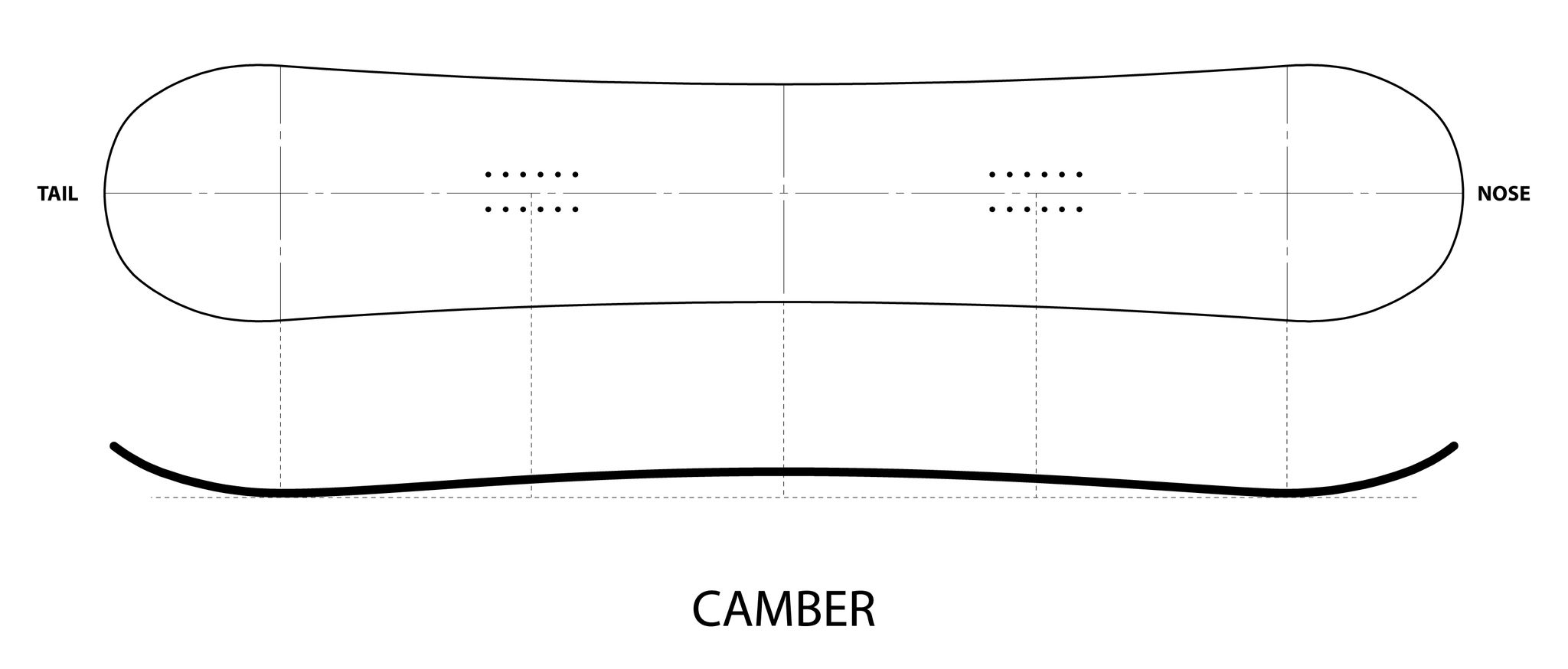
Camber is the most common board you can see anywhere all around the world, it is famous because of its pop for jumps. Also it can give you enough support while having fun on icy trial, however it is not friendly for novices, because it is harder to turn and easy to catch edge.
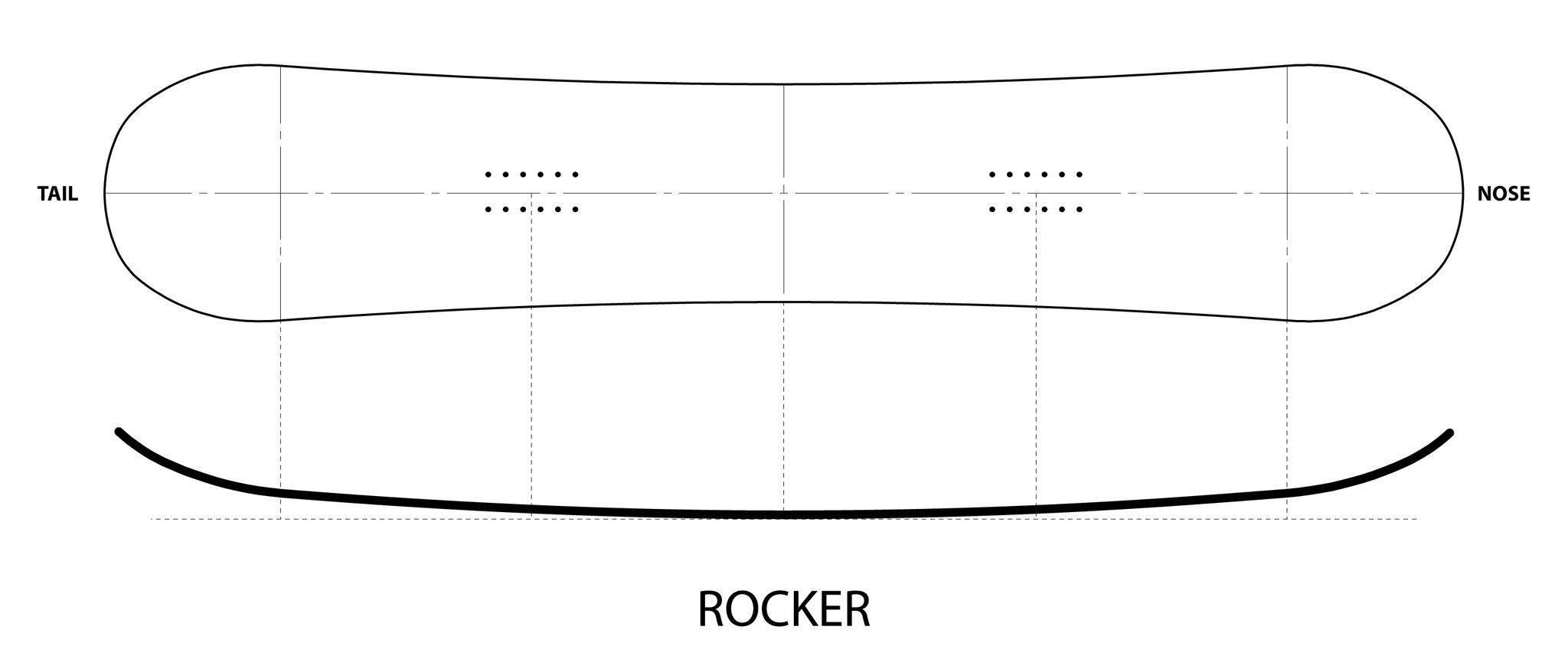
As the opposite of camber, rocker board is easy to turn and less catchy. You can hardly do carving nor popping for its reduced performances. And it is less stable, as the contact points cannot grip into the snow like camber do.
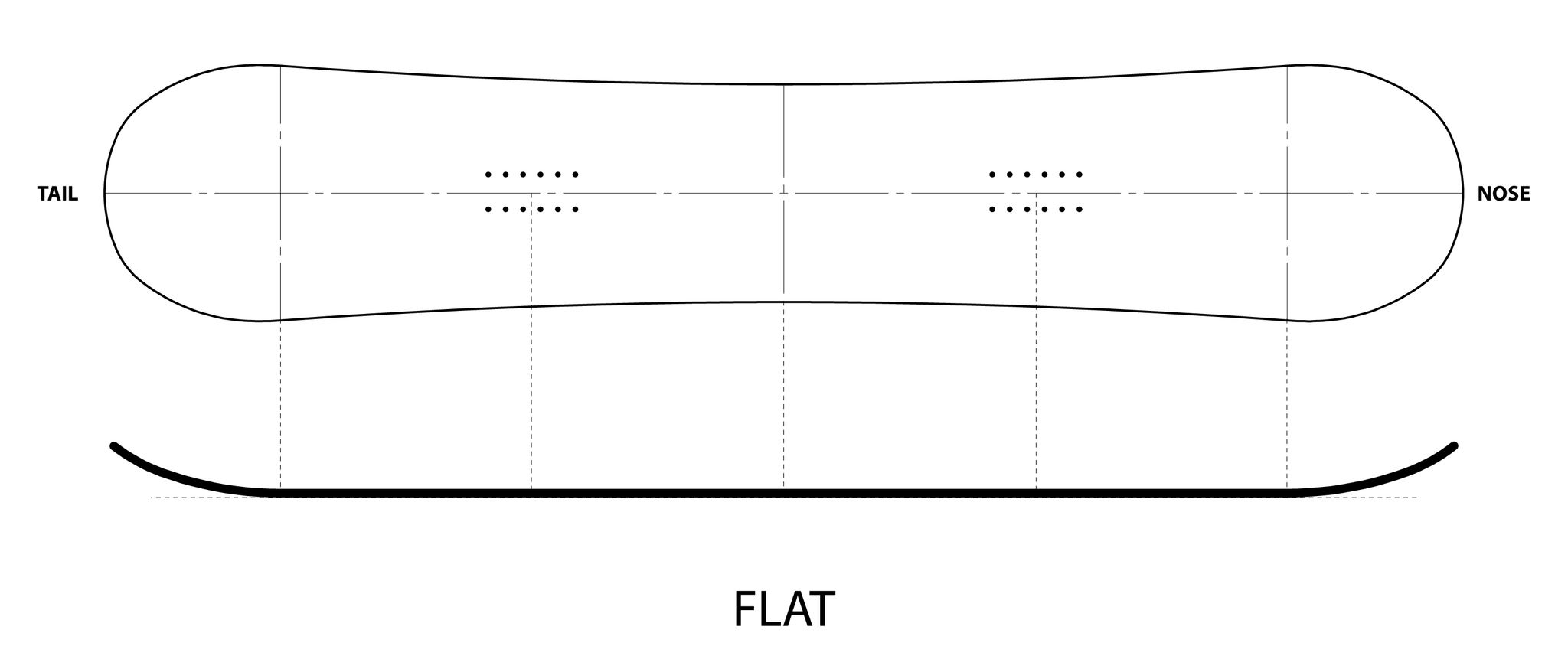
One of the boards that is easy to turn and float on fresh powder snow. Unlike rocker, flat boards are vulnerable to catch edges if most of your time are spent on the groomed trails. By having a flat board, you are missing out the advantages of the other profiles, such as camber’s popping and rocker’s catch-free, no wonder why some riders criticized flat board got a ‘damp’ feeling.
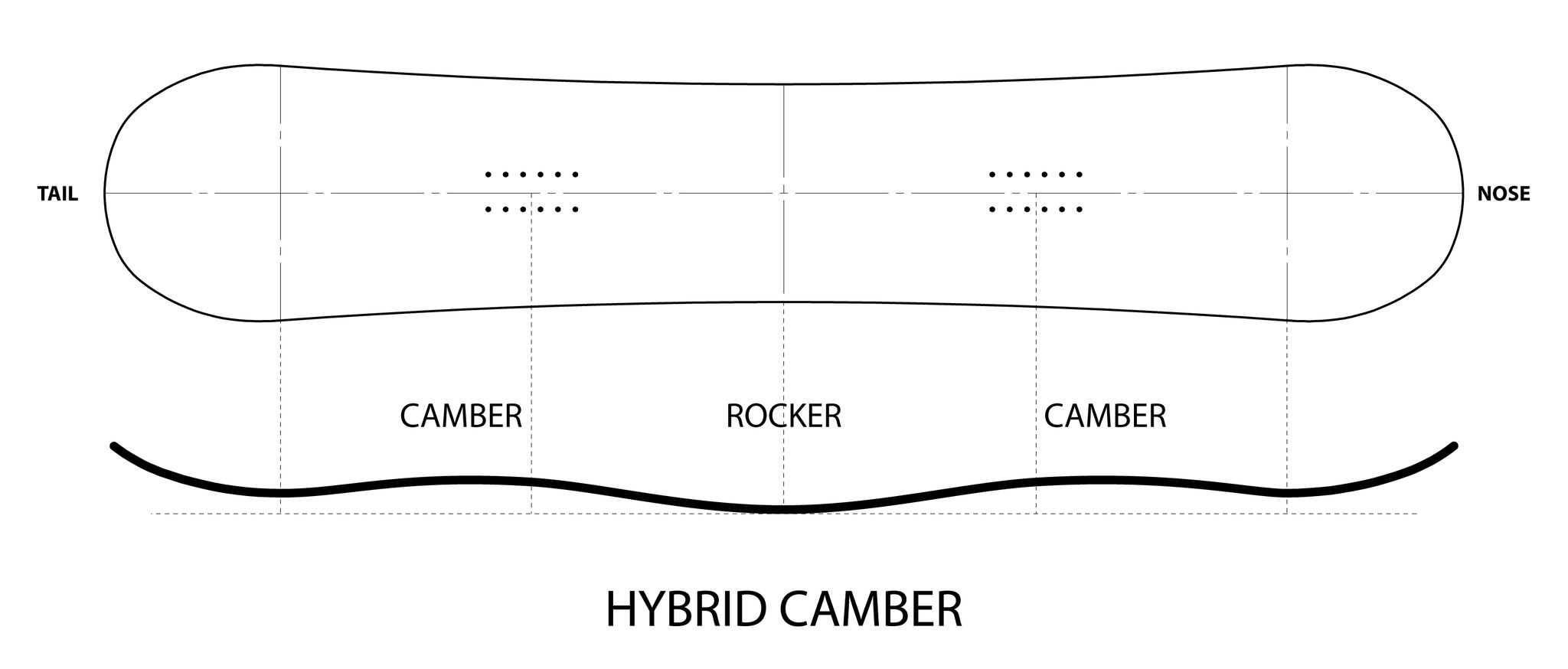
Hybrid is a new trend in the snowboarding world, it combines the best of both worlds. It is easy turning for beginners, while providing better edge hold and pop than rocker board. The only thing as a con is hybrid boards are not as stable as camber boards at speeds, and you might feel unstable on rails.
Summary
Get yourself a true twin all mountain board if you are really new to snowboarding and have no experiences in other board-based games like surfing nor skateboarding. With a rocker snowboard, you will be more confidence making turns without catching edge a lot, and keep you from falling and getting up frequently. Plus, DO NOT buy a stiff board, try to get a flex one, which would has a higher tolerance when you do things wrong.
For those who wants to have fun in the park, a flex twin board with camber or hybrid profile is a good start. Speed tracers and carving lovers should consider a directional board with hybrid or camber profile.
Choose Binding And Boots
There are several types of binding mounts, most common available are 4x4 and 2x4, which are simply two rows of spaced holes for mounting bindings. Other systems like Burton 3D and Channel can also be found easily nowadays. Make sure to have the correct bindings for your snowboard. Also, you have to make sure your bindings are big enough to put your boots in, if not, change for a larger size binding. The bindings should not be wider so much than the snowboard itself, or else, go back to find a wider board.
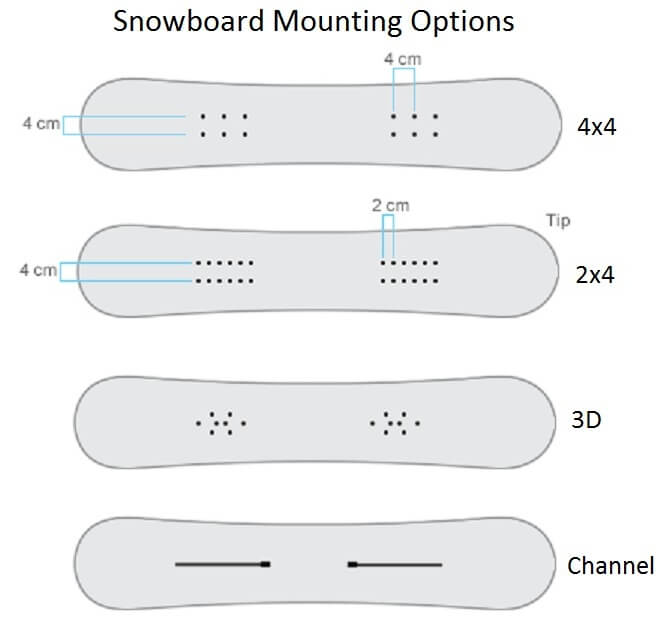
After having the right binding size, we have to decide the binding stiffness. Ordinarily, beginners should look for a short and soft binding with flexible high back. Which would be easier for you to be in control and feel comfortable. However, you get this advantages by losing the performance. The high and stiff bindings are for those who are seriously about precise maneuvers and turning at high speeds.
Furthermore, the binding system, which I do not care at all. From straps to cranks, from speed-entry to step-on bindings, none of them affects the riding so much, so just choose the system you like, period. Except that Burton’s Step-On binding system MUST be used with a Step-On boots.
Finally, the snow boots! Everyone tells you to choose the boots that make you feel comfortable, you know what? They are absolutely right! For all the gears, we can simply get them online, but never the boots! I highly recommend you to find a local store to fit on before you pay. The rule of thumb, while you move around, your heel shall stay firmly in the boots, and there is space to wiggle your toes while you stand still. Once you feel painful or rubbed, get yourself a new pair or a larger one. For the best fitting, never forget to wear your snowboard thick socks along, cause it will make a huge difference. You would not be happy when your feet being squeezed on a cold winter day on top of a mountain, and with no other snow boots to change.
Conclusion: Soft bindings and boots for beginners, stiff bindings and boots for intermediated - advanced riders.
End
After days writing, this article had been finished eventually. A lot of the things are still not covered, like riding style, what is All-Mountain, Freeriding, Powder and etc. If you have any questions on choosing the snowboard, leave a comment below, I will try my best to answer them.
Probably a Chinese translated version might be available later when I got some time. 😊